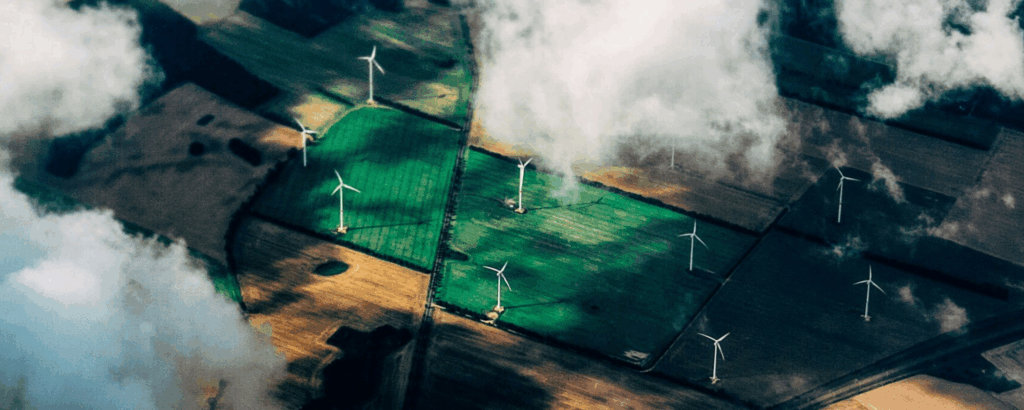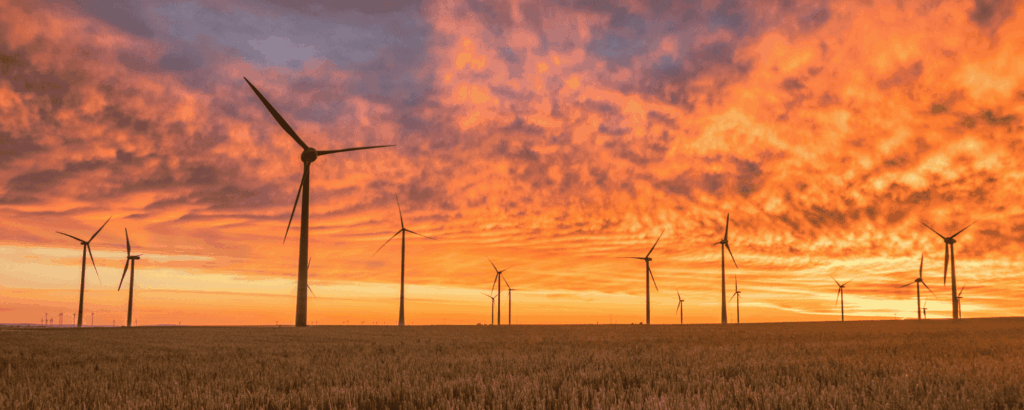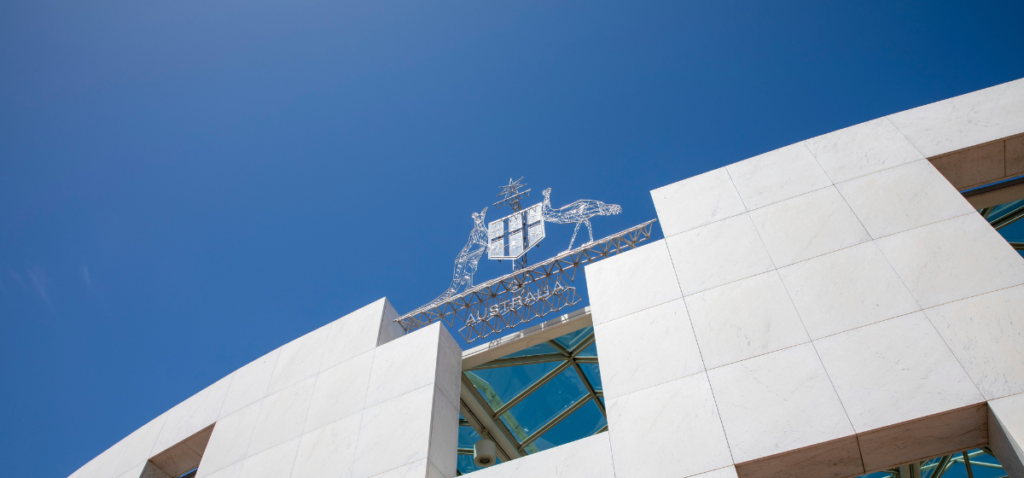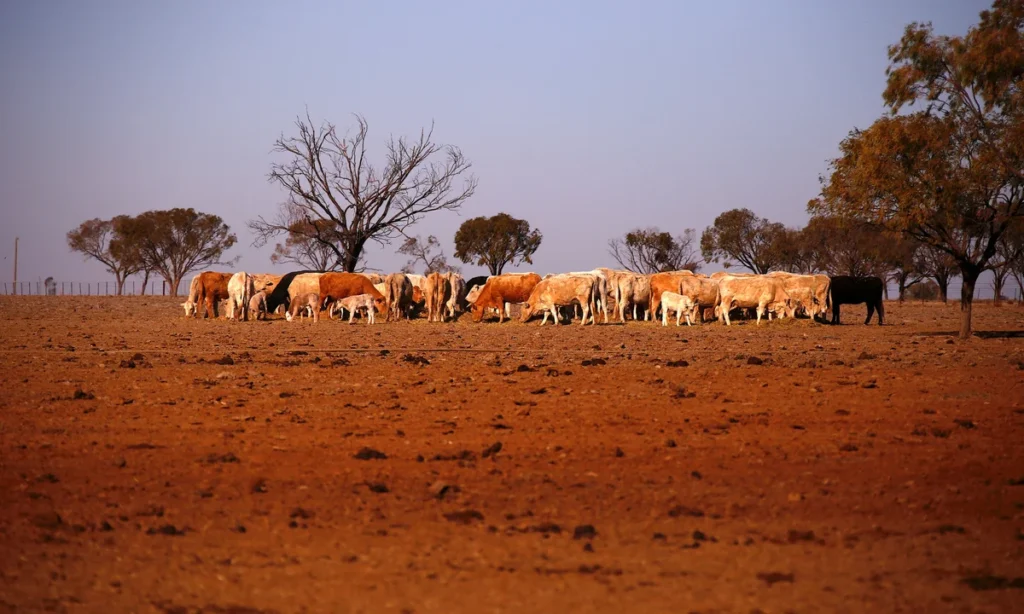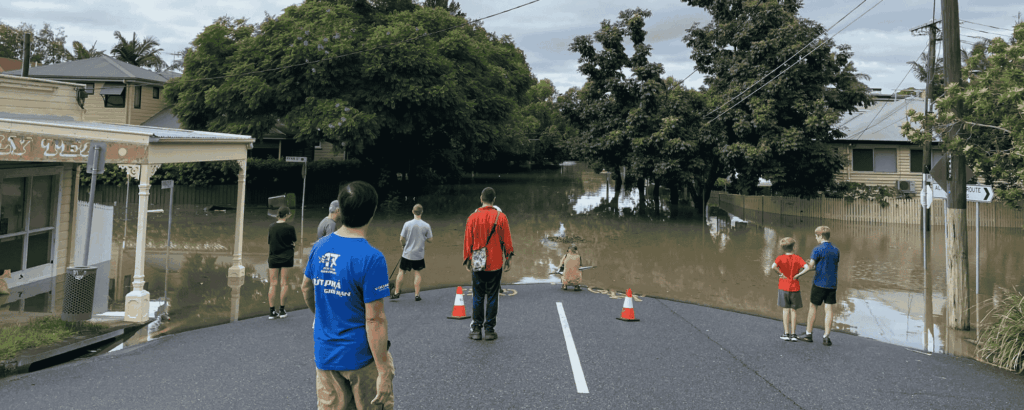NEW ANALYSIS from the Climate Council shows that powering past 70% by 2035 can mean we reach net zero sooner, protect Australians from worsening climate impacts and deliver major economic benefits.
Climate Council Analysis:
- If we cut climate pollution by 70% by 2035 and maintained this rate of progress we would reach net zero by 2040. This linear trajectory would reduce Australia’s climate pollution by 1,409 million tonnes by 2050, a significant contribution to reducing the severity of climate impacts.
- Achieving a stronger target of 70% and above would unlock investment and greater economic growth, with modelling by Deloitte Access Economics indicating that a 75% target would result in a $227 billion increase in GDP over the next decade, relative to a weaker 65% target.
- The Government’s 2035 climate target could have gone further given that independent modelling consistently finds we can cut climate pollution by at least 75% by 2035.
- Compared to a 62% target, achieving a 70% target by 2035 could reduce Australia’s climate pollution by 490 million tonnes by 2050, equivalent to the annual climate pollution from 213 million cars.
- At a 62-70% target, Australia’s climate pollution intensity will still be amongst the highest in the world, and almost double the current emissions per person globally. This would be higher than nations in Europe and Asia, far exceed many developing nations, and exposes Australians to higher climate risks.
- The government’s lack of action on fossil fuels undermines our ability to meet our target. Every new coal or gas project adds to our domestic pollution making it more difficult to meet our target. We estimate that its 31 approvals to date have weakened the 2035 target by at least 1.6%. If Australia keeps approving fossil fuel projects it undermines the global goal of keeping well heating below 2ºC, and potentially breaches international law.
Climate Council CEO Amanda McKenzie said: “Our government must do more to protect Australians from worsening floods, fires and heatwaves. Scientists, emergency leaders, businesses and community groups have all been calling for a stronger 2035 target over 75% because the risks we face – from escalating extreme weather to spiralling costs – are so severe.”
“Today the Government has put forward a large target range. A 62% reduction is dangerously inadequate and inconsistent with the science, while a 70% cut gets closer to what’s needed to protect Australians.
“Cuts stronger than 70% are not only achievable but hugely beneficial. They mean cleaner, more affordable electricity, healthier homes, cleaner cities and new export industries. To better protect Australians the government must lock in policies that ensure we meet, and then beat the 70% target.”
Climate Scientist, Dr Martin Rice said: “Climate change is harming Australians right now and communities are already suffering through back-to-back flooding, longer bushfire seasons and unbearable heatwaves. Climate scientists are certain that the longer we delay cuts to climate pollution, the harder it becomes to protect communities from escalating harm and costs.
“Any way you look at it, Australia is a major polluter and we have no plans to phase the damaging fossil fuel industry out. The science is clear: we can have no new coal, oil or gas expansion anywhere, to have any chance of avoiding the worst climate impacts.”
“A target in the 60s is too weak to protect Australians and our way of life. In the face of catastrophic risks, it is just too timid for the times. The Government must double down on the top end of their target 70% and put policies in place to go further.”
Climate Councillor Greg Bourne said: “Australians expect decisive action and the Albanese Government has the mandate to deliver it. The 70% target should become a floor, not a ceiling – and the Government can not only deliver this but also power past it: by strengthening existing policies and adding new ones.
“Independent research has found that targets much stronger than 70% for Australia can be achieved and this will deliver significant benefits: cleaner and more affordable electricity, healthier homes, cleaner cities and new export industries.”
“The pathway is clear: build a bigger renewable-powered grid, stop approving coal and gas projects, strengthen rules for big polluters and clean up transport. That’s how we tackle climate change and grow a stronger economy.”
The Climate Council says the Federal Government should lock this target into law with regular reviews to strengthen it as technology develops.
ENDS
For interviews please contact the Climate Council media team on media@climatecouncil.org.au or call 0485 863 063.
The Climate Council is Australia’s leading community-funded climate change communications organisation. We provide authoritative, expert and evidence-based advice on climate change to journalists, policymakers, and the wider Australian community.
For further information, go to: climatecouncil.org.au
Or follow us on social media: facebook.com/climatecouncil and twitter.com/climatecouncil
¹ Four independent pathways published by Climate Analytics, Climate Council, the CSIRO and Climateworks.
² Excluding LULUCF for comparability of 2035 targets. Excluding LULUCF for comparability of 2035 targets.


